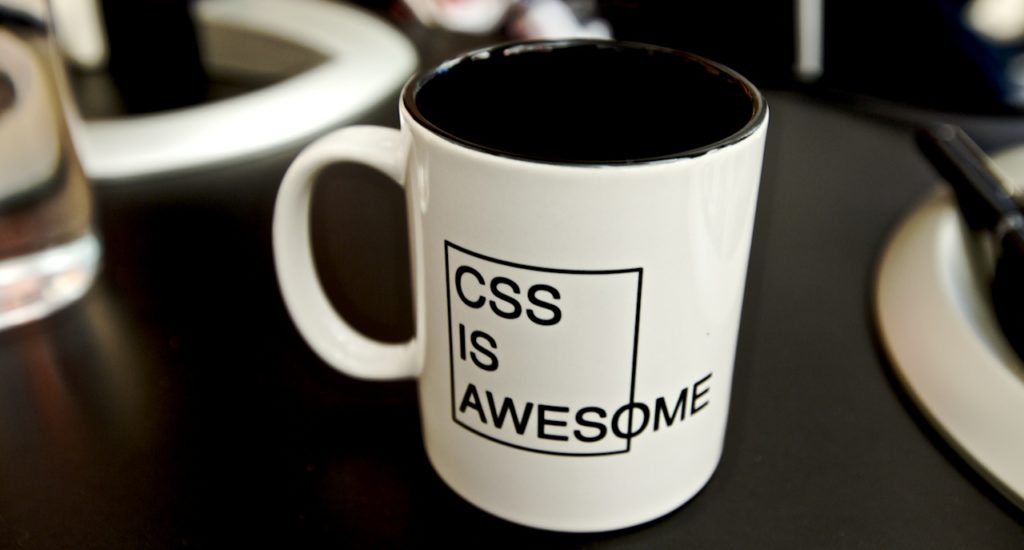The – period was a long R&D cycle for me, with a whole herd of yaks to shave, however it did give me new tools and abilities, such as the capacity to rapidly develop modern-looking websites without hand-coding them nor spending hours fruitlessly searching for—and being disappointed by—”suitable” themes.

One might wonder why then, with those upgraded skills, I didn’t seize the opportunity to make a new website for or other open-source projects that could benefit from fancier marketing.
The short answer is, even if my tooling and technique have improved, it’s still a metric crapton of work. It might seem easy (“Use Hugo!”, “Just slap a couple of pages together!”, etc.) but there’s much more to building a website than just the technical design and coding (or integration) aspects. This article provides you with an idea of the amount of time it takes to plan, write, design and build a “reasonably simple” website with a dozen pages or so.
As a case in point, the website of my Montreal branding agency has been out there for many years, but right up until 2021, it was all hand-coded—and therefore, not really maintainable nor scalable to a team. One of the things I did in 2021 was to completely revamp it, by:
- Rethinking all the contents.
- Designing a basic layout to hold it all together, because frankly (and somewhat ironically) we didn’t have time to be obsessing about the visuals here.
Overhauling (or creating) a website is never a simple affair when you want to do things right for your project or business. Planning, writing & designing two of my new websites in 2021 required an investment of well over 230 hours of work. Among those were roughly 112 hours of work (at least, those I remembered to track) spent on the idéemarque website specifically, broken down roughly as follows:
- 22 hours preparing a strategic positioning & structure document
- 20 hours writing the new website’s “core pages” text, in two languages
- 20 hours integrating the text into the website and laying out the pages’ overall design
- 40 hours writing and laying out the 4 initial case studies, in two languages
- ?? hours setting up and integrating an email notifications (newsletter) system, for those who want to know when a new article comes out
- 9 hours (so far) sketching and drawing team members, and researching possibilities (a story for another day)
112+ hours, for a 18-pages website, is actually pretty damned fast: business websites typically tend to take much more time than that. This was made possible by circumstances rarely found with client work: I knew exactly what I was doing (from a technical standpoint), where I was going (from a marketing standpoint), and what I wanted to put in there (from a copywriting standpoint). Your mileage will almost certainly vary, especially if working with a large corporate team or committee where you can’t just directly pour all the content straight from your mind.
Those numbers do not include the R&D (and infrastructure maintenance) I did in previous years to actually get to the point where I could efficiently build such websites.

And, y’know, once you have a website out there, you need to feed it with new content, and to announce it. I spent an unknown amount of hours (probably well over 20-40; forgot to track them) planning and working on draft email announcements that kept getting outdated as the months went by—because I kept having to deal with emergencies, and because I kept moving the goalposts of what constituted a “good enough” website to write home about (nothing is more dangerous than “oh, one more thing…”). Me, a perfectionist? Nooooo.
So yeah… this is why I’m no longer spending that kind of time and energy building websites for my open-source projects, especially as FLOSS projects have contents that need to change much more frequently than most small-to-medium business websites. In the case of GTG, while I hate GNOME’s MoinMoin wiki, it Does the Job™ and it’s Good Enough to stay as it is; it’s still easier to maintain than a website. So y’know what? Your open-source project doesn’t need a website, unless it’s also a business or charitable organisation.
This content was originally published here.

